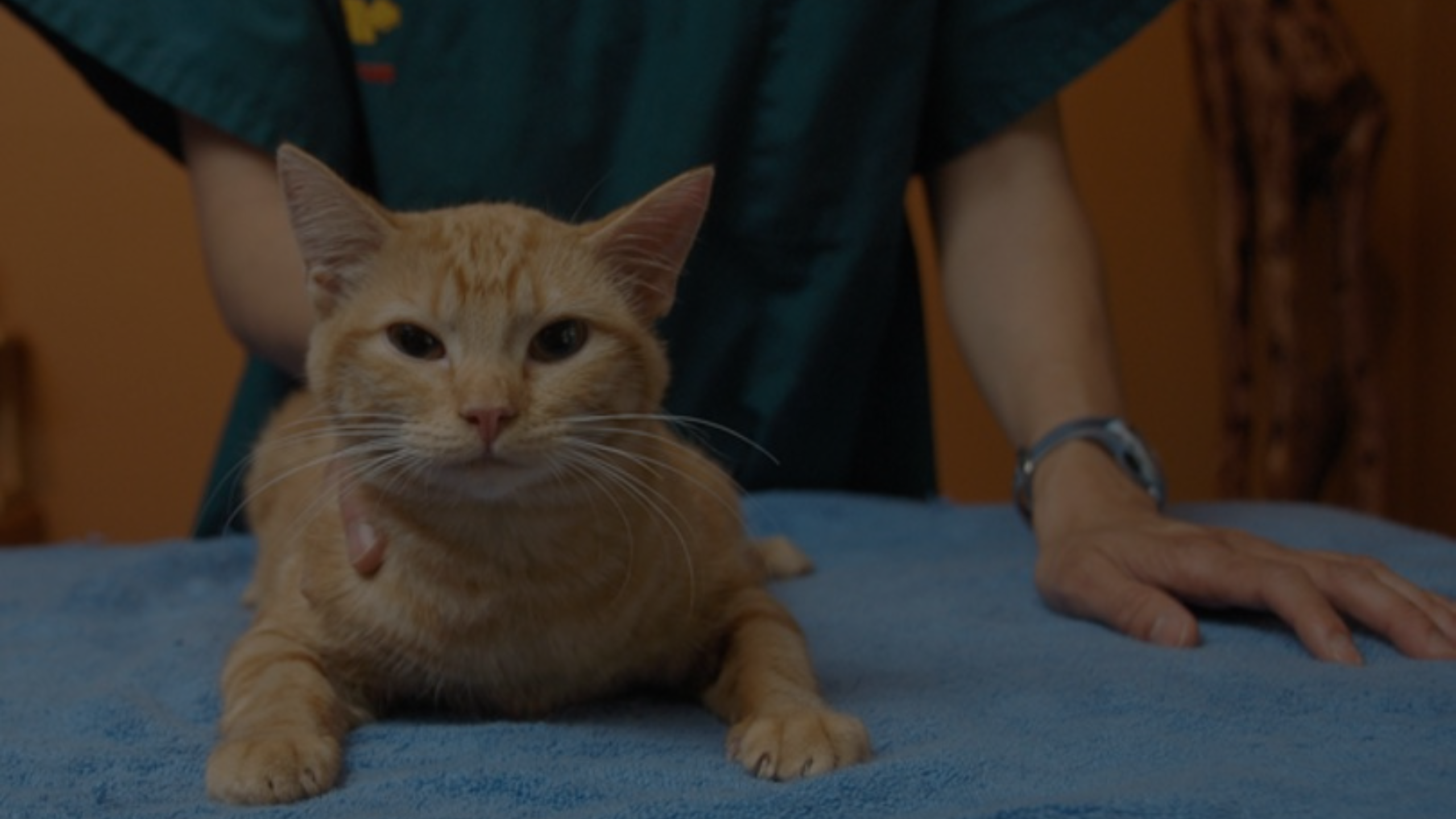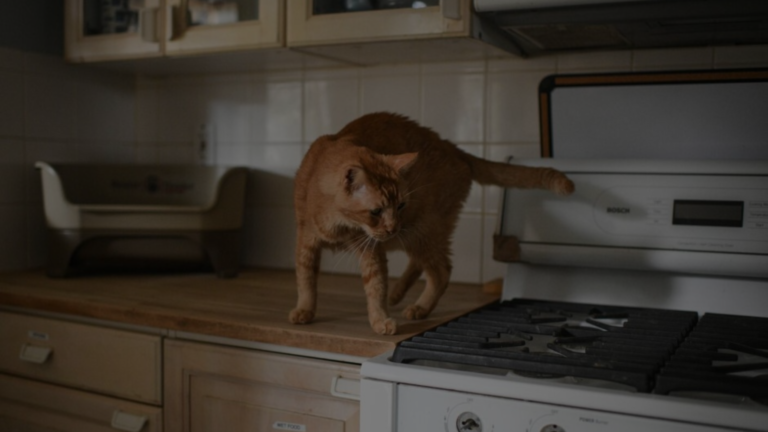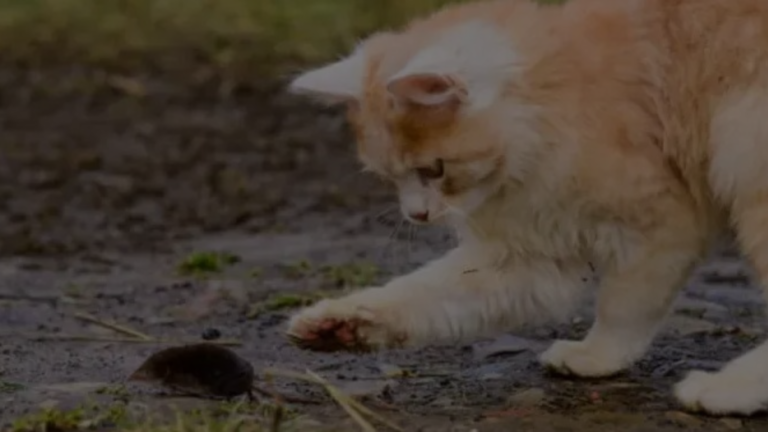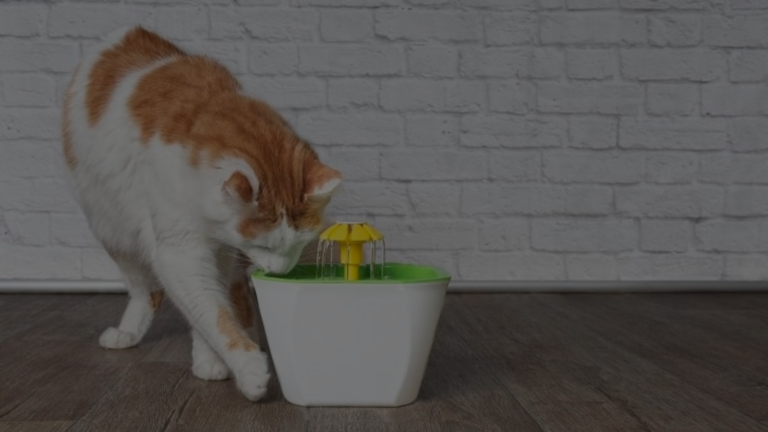Cats, with their independent spirits and flexible bodies, might seem like unlikely candidates for swaddling. But hear me out! Swaddling, also known as “burrito-ing,” can be a surprisingly beneficial technique for both cats and their owners in certain situations. Learn how to swaddle a cat in the right way.
Is Swaddling Right for Your Cat?
Before diving into the how-to, it’s crucial to understand if swaddling is suitable for your feline companion. Here are some key factors to consider:
- Temperament: Naturally calm and tolerant cats are generally more receptive to swaddling. If your cat is easily startled or prone to aggression, swaddling might be stressful and best avoided.
- Reason for swaddling: Consider the purpose of swaddling. Is it for administering medication, trimming nails, or simply calming a nervous cat? Knowing the goal will help you determine if swaddling is the most appropriate method.
- Alternatives: Explore alternative calming techniques like Feliway diffusers, catnip toys, or gentle petting before resorting to swaddling.

Swaddling Essentials
Now, if you’ve decided swaddling might be beneficial for your cat, let’s gather the essentials:
- A soft, breathable towel: Choose a size appropriate for your cat to avoid excessive restriction. Opt for a material like cotton or fleece for comfort and warmth.
- Treats: Positive reinforcement is key! Have some of your cat’s favorite treats on hand to reward calm behavior throughout the process.
- Patience and understanding: Remember, swaddling is a new experience for your cat. Be patient, and gentle, and stop if your cat shows signs of distress.
How to Swaddle a Cat?
- Prepare your cat: Make sure your cat is relaxed and in a familiar environment. Offer calming strokes and speak in soothing tones.
- Lay the towel: Spread the towel flat on a table or your lap.
- Position your cat: Gently place your cat on the towel, ensuring their head is free and their nose is not covered.
- First fold: Fold one long edge of the towel over your cat’s back, tucking it under their belly. Repeat with the opposite side, creating a snug but not constricting wrap.
- Tail tuck: Gently tuck your cat’s tail under the folds towards their belly.
- Secure the legs: If your cat tolerates it, fold the remaining towel corners over their legs and tuck them under the body. Alternatively, leave the legs free for comfort.
- Treat and praise: Reward your cat with treats and praise them for their cooperation throughout the process.

Tips for a Successful Swaddle
- Start slow: Introduce swaddling gradually, allowing your cat to become accustomed to the sensation.
- Monitor closely: Keep an eye on your cat’s body language and breathing throughout the swaddle. If they seem distressed, unwind the towel immediately.
- Short sessions: Begin with short swaddle sessions and gradually increase the duration as your cat becomes comfortable.
- Respect their boundaries: If your cat resists or shows signs of discomfort, don’t force it. Respect their body language and try alternative calming techniques.
Common Swaddling Scenarios
- Nail Trims: Swaddling can restrain your cat’s movements during nail trims, making the process less stressful for both of you. Remember to only trim nails when necessary and use proper technique to avoid injury.
- Medication Administration: If your cat needs oral medication, swaddling can briefly immobilize them, making the process easier and safer. Consult your veterinarian for proper medication administration techniques.
- Vet Visits: Swaddling can help calm anxious cats during car rides or vet visits. However, always consult your veterinarian before swaddling your cat for a vet visit.

Remember: Swaddling is not a magic solution for all feline anxieties. Always prioritize your cat’s comfort and well-being, and seek professional guidance if needed.
Resources & References
FAQs About Swaddling Your Cat
Is swaddling safe for my cat?
Swaddling can be safe for calm and tolerant cats, but it’s not a one-size-fits-all approach. Consider your cat’s temperament, the reason for swaddling, and alternative calming methods before proceeding. Always prioritize your cat’s comfort and safety, and stop if they show signs of distress.
Won’t swaddling restrict my cat’s movement and breathing?
A properly done swaddle should be snug but not constricting. Ensure your cat’s head remains free and their breathing isn’t hampered. Monitor them closely throughout the swaddle and unwind the towel immediately if anything seems off.
My cat hates being swaddled. What can I do?
Respect your cat’s boundaries! Don’t force them if they resist or show signs of discomfort. Explore alternative calming techniques like Feliway diffusers, catnip toys, or gentle petting.
What’s the best towel material for swaddling?
Opt for soft, breathable materials like cotton or fleece. Avoid rough or synthetic fabrics that might irritate your cat’s skin. Choose a towel size appropriate for your cat’s body to prevent excessive restriction.
Can I swaddle my cat for long periods?
Start with short swaddle sessions and gradually increase the duration as your cat becomes comfortable. Aim for short stints, especially for stressful situations like nail trims or vet visits.
Are there any risks associated with swaddling?
Improper swaddling can restrict movement, and breathing, or cause discomfort. Always monitor your cat, use a breathable towel, and avoid swaddling for extended periods. If unsure, consult your veterinarian for guidance.







